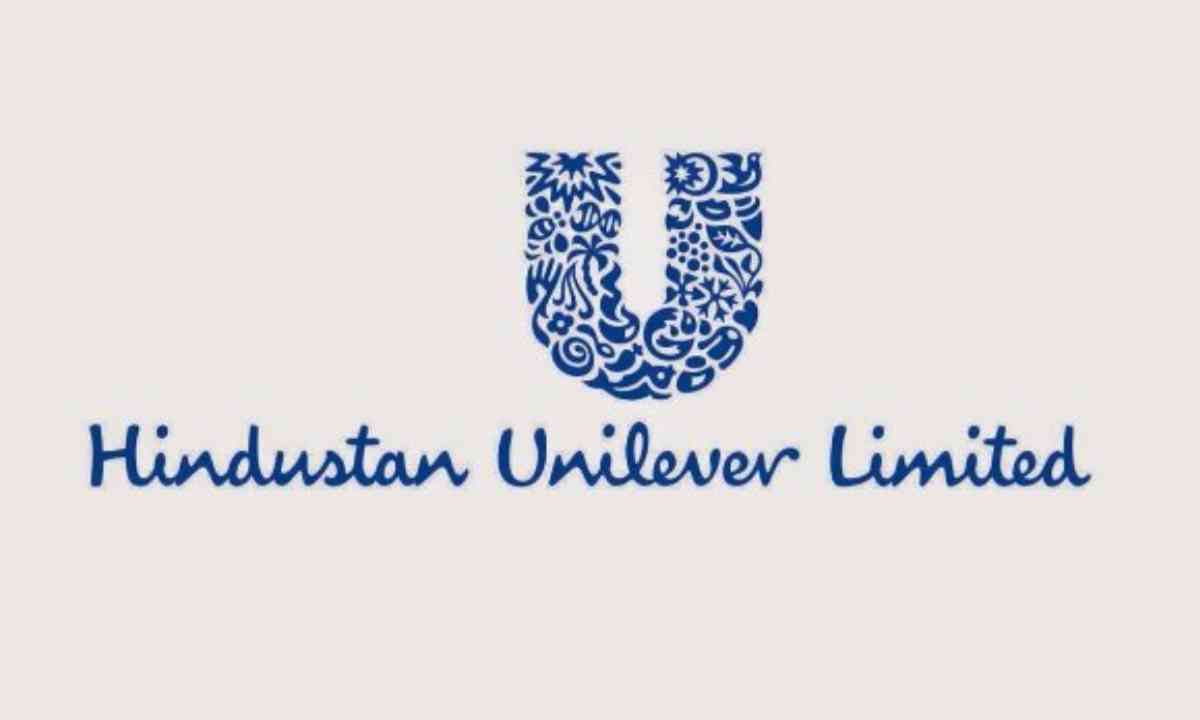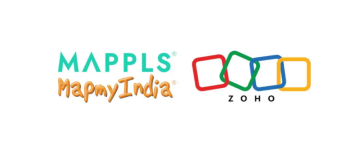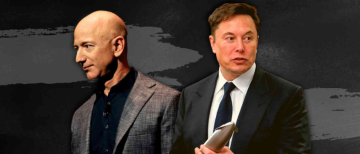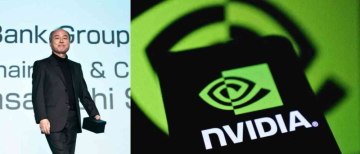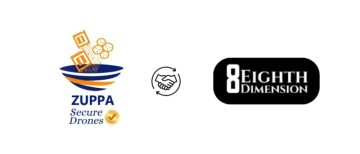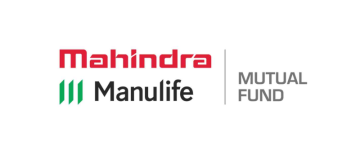Hindustan Unilever (HUL), a prominent FMCG company, has taken the decision to reduce prices in certain product categories, prompting dealers and major distributors to destock their high-cost inventory. These price cuts are a direct response to the decline in commodity prices, specifically palm oil, tea, and crude oil, which have decreased from their previous highs.
An HUL spokesperson has confirmed the implementation of these price cuts, stating that they are being strategically executed in sizable increments to minimize disruption in the trade pipeline. The company heavily relies on data and analytics, employing the principles of Net Revenue Management to inform its pricing strategies. Trade sources have reported that price cuts have been implemented in a range of categories, including laundry products, skin cleansers, soaps, and tea.
Consequently, stockists are proactively clearing out their high-cost inventory and eagerly awaiting fresh stocks. In such situations, it is common to witness a surge in secondary sales, involving transactions between wholesalers and retailers, as opposed to primary sales from the company to wholesalers. As commodity prices continue to decline, it is anticipated that further price cuts may be implemented in the future. This development brings a degree of relief to consumer goods companies, as noted by HDFC Securities in a recent report.
_1685949974.png)
The correction in prices of numerous crops, along with palm oil, crude oil, and crude derivatives, has provided some respite for the industry. FMCG companies have encountered significant challenges in recent years due to escalating commodity prices, resulting in unprecedented inflation and soaring raw material costs. The impact of the pandemic, including job losses, reduced job opportunities, and salary cuts, further contributed to lower sales volumes. As the pandemic subsided, these companies were compelled to protect their margins and bottom lines through carefully calibrated price hikes.
HUL emphasized that it prioritized safeguarding its business model while concurrently expanding its franchise amidst this period of inflation. However, not all of the cost increases were passed on to consumers, leading to a negative impact on HUL's gross margin. The company acknowledged that although the cumulative net material inflation over the past two years amounted to 30 per cent, its price hikes did not fully offset this figure.
Additionally, customers at the lower end of the value chain experienced relatively smaller price increases. Over the past two fiscal years, HUL implemented a cumulative price increase of 18 per cent. In FY23, out of the company's 16 per cent revenue growth, 11 per cent was attributed to price growth. The price growth in the March quarter stood at 7 per cent, indicating a deceleration in inflation.
© Copyright 2023. All Rights Reserved Powered by Vygr Media.

